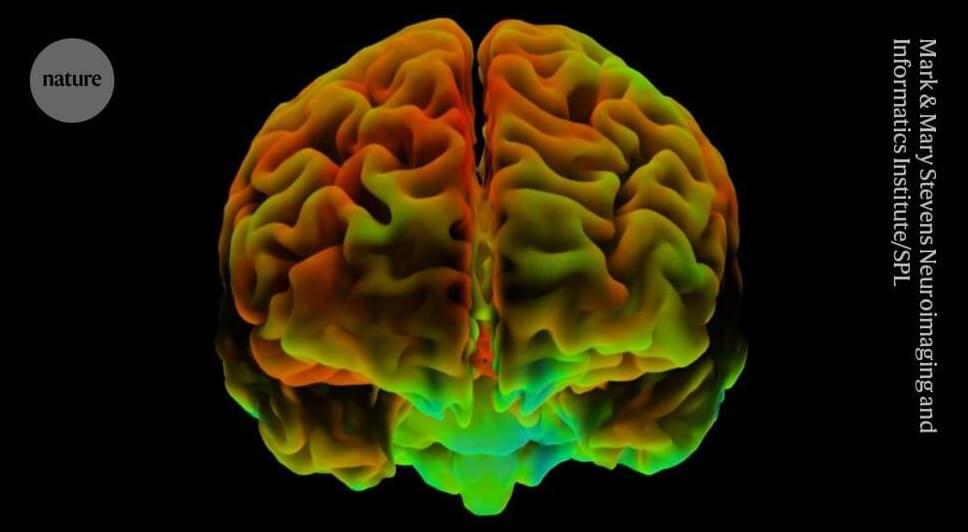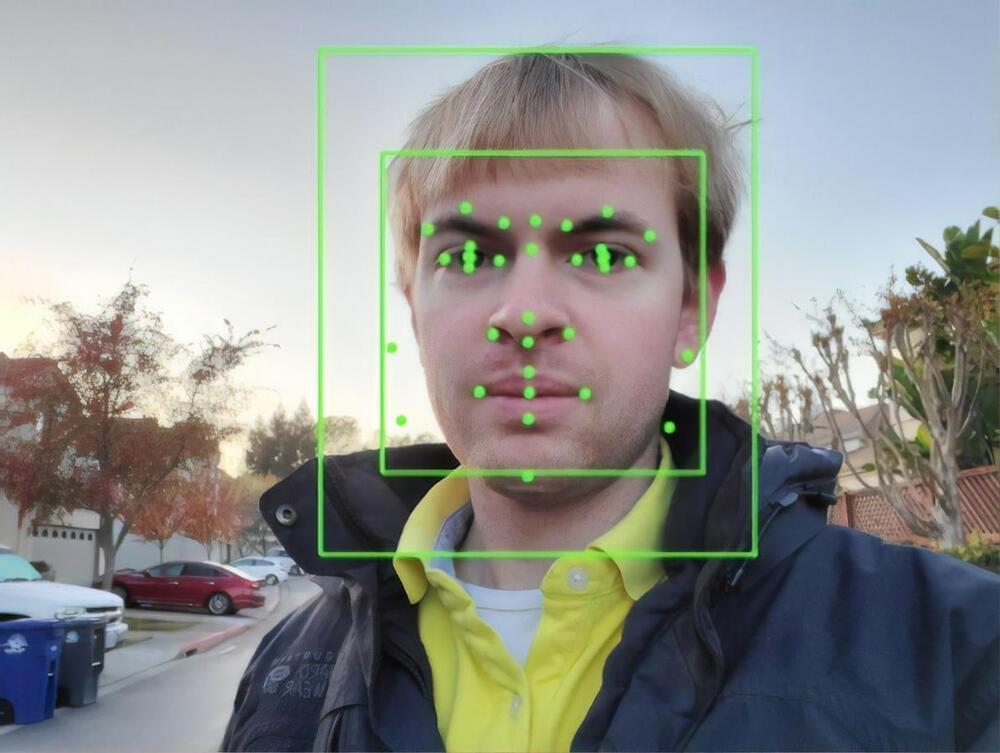Contribute to deepseek-ai/DeepSeek-V3 development by creating an account on GitHub.





Healthy, stable ecosystems provide services that keep us healthy, such as supplying food and clean water, producing oxygen, and making green spaces available for our recreation and wellbeing.
Another key service ecosystems provide is disease regulation. When nature is in balance – with predators controlling herbivore populations, and herbivores controlling plant growth – it’s more difficult for pathogens to emerge in a way that causes pandemics.
But when human activities disrupt and unbalance ecosystems – such as by way of climate change and biodiversity loss – things go wrong.

Human evolution is linked to the manipulation of the environment. Since the first hominid to use a stone as a tool — or a bone according to the iconic scene from 2001: A Space Odyssey —, we have come to recognise this as materials science. This discipline uses physics, chemistry and engineering to study how materials are formed and what their physical properties are, as well as to discover and develop new materials, such as smart materials in order to find new uses applicable to any sector.
Smart materials are materials that are manipulated to respond in a controllable and reversible way, modifying some of their properties as a result of external stimuli such as certain mechanical stress or a certain temperature, among others. Because of their responsiveness, smart materials are also known as responsive materials. These are usually translated as “active” materials although it would be more accurate to say “reactive” materials.
For example, we can talk about sportswear with ventilation valves that react to temperature and humidity by opening when the wearer breaks out in a sweat and closing when the body cools down, about buildings that adapt to atmospheric conditions such as wind, heat or rain, or about drugs that are released into the bloodstream as soon as a viral infection is detected.

There’s still so much we don’t know about Alzheimer’s disease, but the link between poor sleep and worsening disease is one that researchers are exploring with gusto.
In a study published in 2023, scientists found that using sleeping pills to get some shut-eye could reduce the build-up of toxic clumps of proteins in fluid that washes the brain clean every night.
Researchers from Washington University in St. Louis found people who took suvorexant, a common treatment for insomnia, for two nights at a sleep clinic experienced a slight drop in two proteins, amyloid-beta and tau, that pile up in Alzheimer’s disease.


A data breach earlier this year at SRP Federal Credit Union has left nearly a quarter-million people exposed to possible identity theft and account fraud.
The ransomware group Nitrogen has claimed responsibility for extracting 650 gigabytes of sensitive customer data, according to reports filed recently with the state attorney general’s offices in Texas and Maine. The breach has been publicly reported throughout December by cybersecurity analysts, financial technology companies and national news media.
Screen captures of what seemed to be raw customer data from SRP were posted on social media through bogus accounts as early as Dec. 5.
Out the free AMD loaner offer. Test the Ryzen PRO laptops yourself and experience the benefits they can bring to your business:
https://tinyurl.com/222dzww9
The Paper:
Indium Selenide breakthrough ➜ https://www.nature.com/articles/s41586-024-08156-8
Timestamps.
00:00 — New Semiconductor.
04:26 — How it works.
07:23 — Outlook and Alternatives.
11:30 — Top 5 Technologies of 2024
The videos I mentioned:
1. Probabilistic Computing https://youtu.be/hJUHrrihzOQ
2. First Functional Graphene Chip https://youtu.be/wGzBuspS9JI?si=saNoFiCw63B5BhPr.
3. Photonic Chip: https://youtu.be/TJ8vywX9asU
4. Quantum Computing: https://youtu.be/eINcrZGDQD0
5. AI: https://youtu.be/WeYM3dn_XvM
Thumbnail image credit: Akanksha Jain.
My course on Technology and Investing ➜ https://www.anastasiintech.com/course.

“Facial recognition is essential to human interaction, and we were curious about how the brain processes ambiguous or incomplete facial images—especially when they’re hidden from conscious awareness. We believe understanding these mechanisms can shed light on subconscious visual processing,” said study author Makoto Michael Martinsen, a PhD student conducting research under the Visual Perception and Cognition Laboratory and the Cognitive Neurotechnology Laboratory at the Toyohashi University of Technology.
To investigate how the brain processes face-like stimuli unconsciously, the researchers used a method called Continuous Flash Suppression (CFS). In this technique, participants were presented with a dynamic series of high-contrast masking images in one eye while a target image—such as a face-like stimulus—was shown to the other eye. The rapid flashing of the mask suppressed the perception of the target image, rendering it temporarily invisible to the participant. By measuring the time it took for the target image to “break through” the suppression and reach conscious awareness, the researchers could infer how efficiently the brain processed the image.
The study included 24 participants, all university students aged 20 to 24, with normal or corrected-to-normal vision. They were exposed to two types of visual stimuli: grayscale images of faces and binary images resembling faces. These binary images were created using black-and-white contrasts to simulate minimal facial features, such as contours and the general arrangement of facial elements. Each image was presented in both upright and inverted orientations to assess the impact of orientation on recognition.